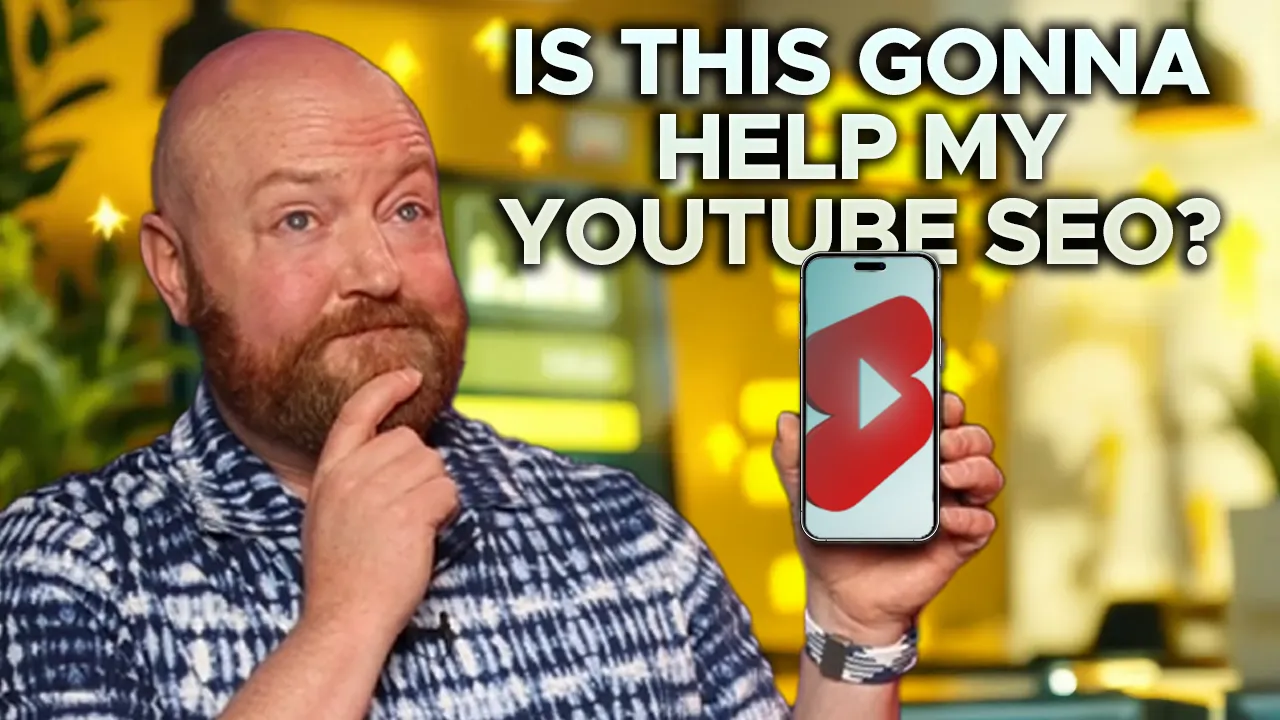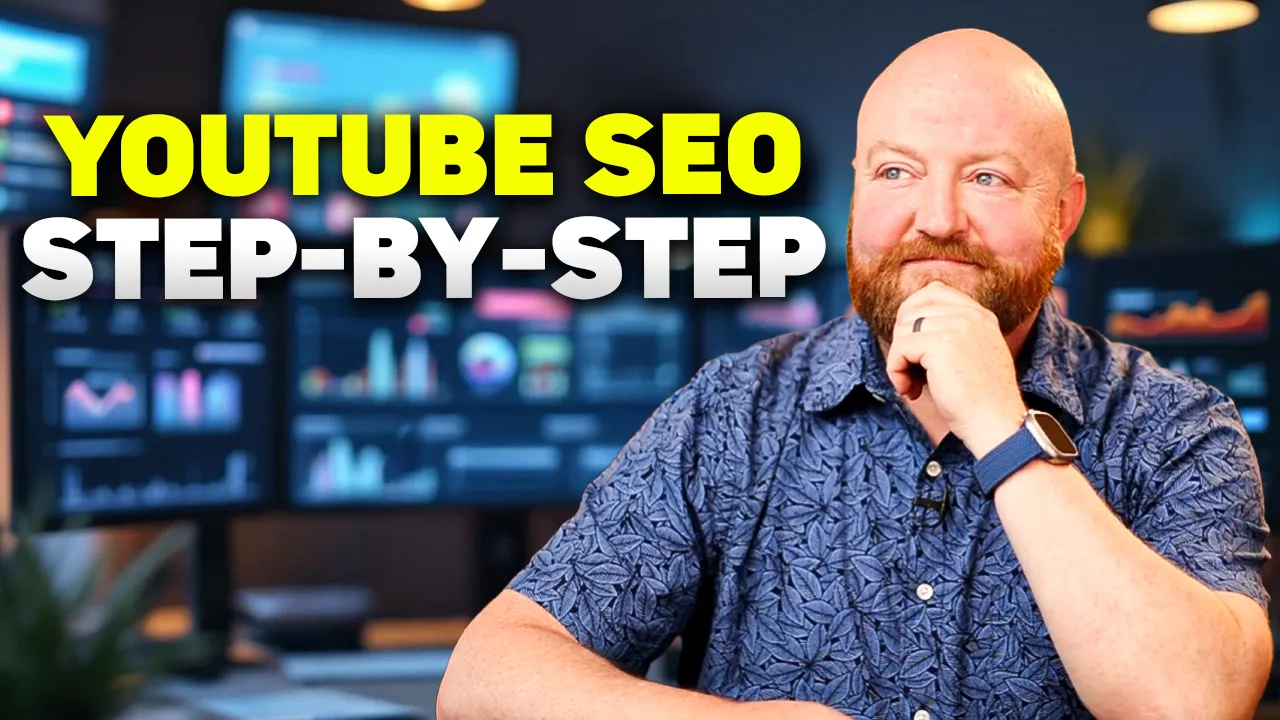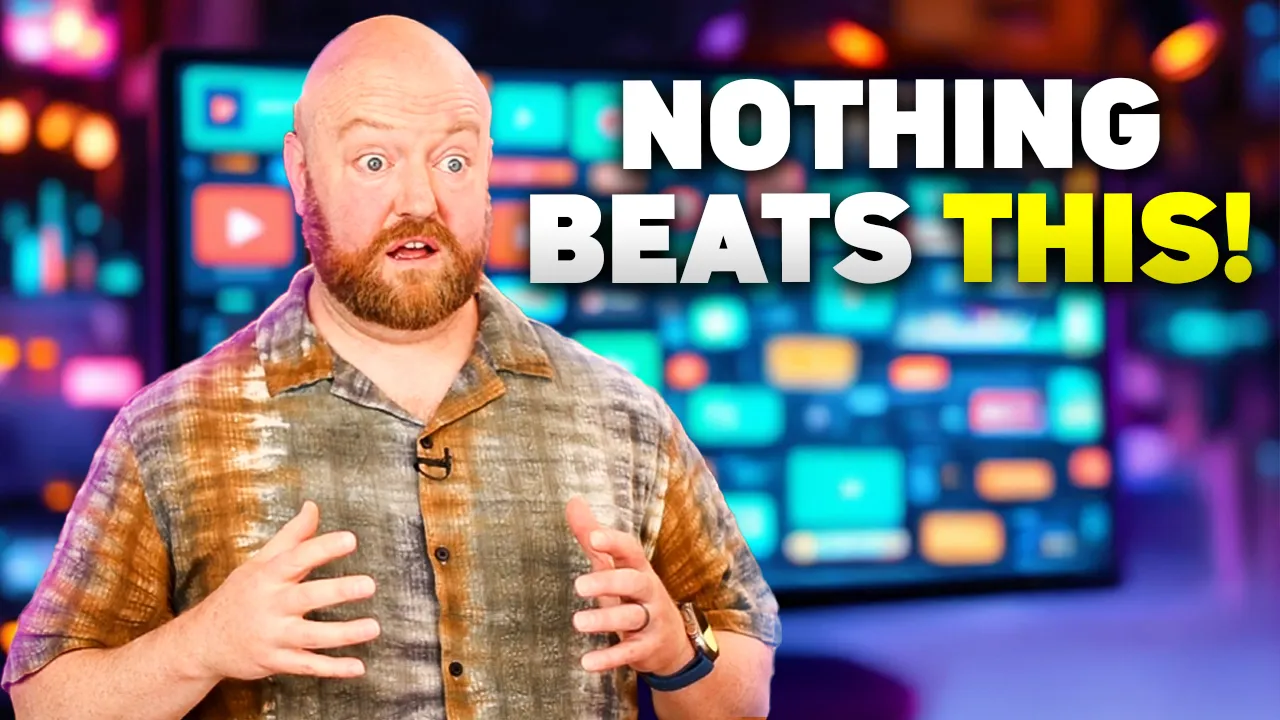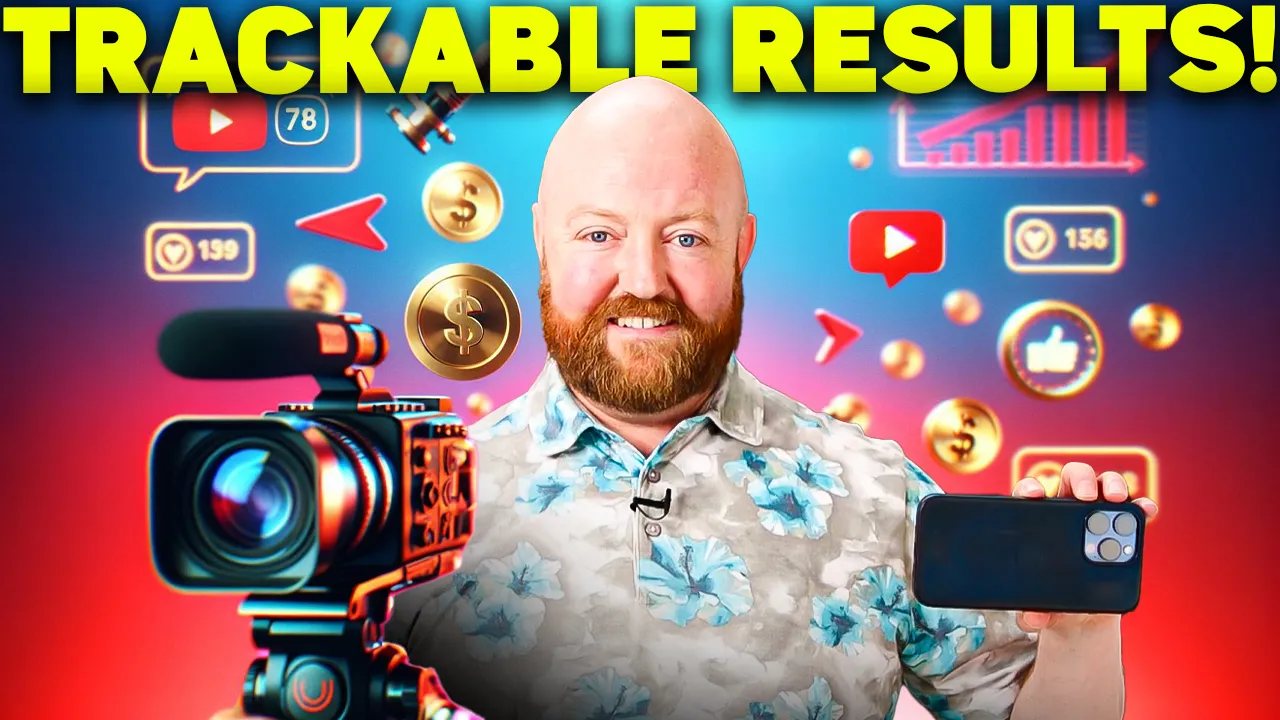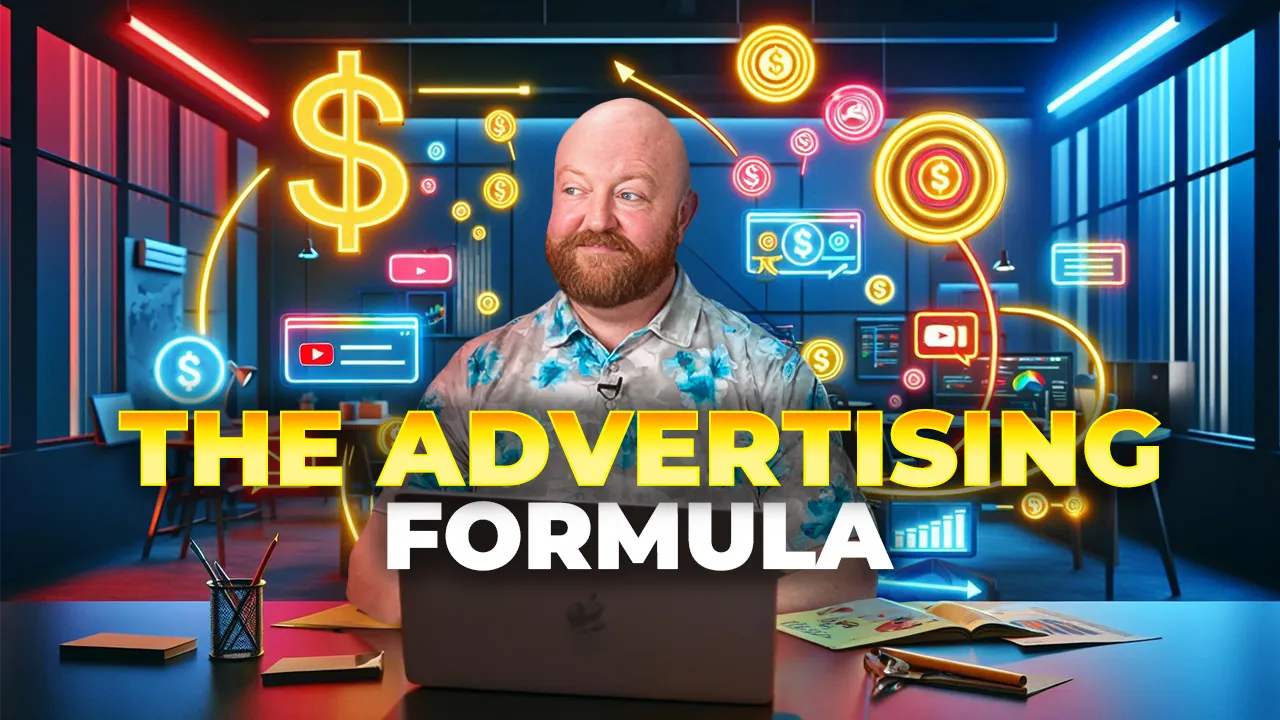YouTube isn’t just a video platform—it’s a powerful content search engine. If you’re not leveraging YouTube to boost your website’s SEO, you’re missing out. In this article, we’ll break down how to embed videos the right way, optimise page load speed, and use keywords effectively. Plus, we’ll cover the do’s and don’ts of linking to your website from YouTube.
Google Is No Longer Just a Search Engine
Once upon a time, ranking at the top of Google was all about building website authority. But things have changed. Google has evolved from a traditional search engine into a content search engine.
Gone are the days when a small business could easily rank at the top with just a well-optimised website. Now, search engines prioritise high-quality content—especially video. This is why many SEO companies have pivoted into content creation businesses. If you want visibility, you need engaging, relevant content, and YouTube is one of the best ways to get it.
How to Optimise a Web Page with YouTube Videos
Adding a YouTube video to your website is simple, but doing it the right way makes all the difference.
- Embed the video directly on your webpage.
- Use the same title for both the video and the page to maintain consistency.
- Transcribe the video and include it as an article below. This boosts SEO by adding more searchable text to your page.
If your YouTube video ranks well, embedding it properly can help your webpage rank higher on Google too.
Does Embedding YouTube Videos Affect Page Load Speed?
In the past, embedding videos could slow down page load times. But thanks to YouTube’s optimised servers, that’s no longer a major concern. When you embed a video from YouTube, the platform handles the heavy lifting, ensuring your page loads quickly.
That said, always test your page speed. If you experience slow loading times, consider lazy loading, which defers video loading until a user scrolls to it.
Should You Link to Your Website in YouTube Descriptions?
The short answer: not the way you think.
Many people assume that linking from a YouTube video to a blog post helps SEO. But YouTube rewards creators who keep viewers on the platform. If you send traffic away, YouTube penalises your video’s visibility.
However, that penalty can be worth it—but only if you’re sending viewers to a landing page designed for conversions, like an email opt-in or lead magnet.
Avoid linking to blog pages or social media sites like Facebook or LinkedIn. Instead, funnel traffic towards lead generation pages to build relationships and capture potential customers.
YouTube’s Keyword Strategy for SEO Success
When optimising content for search engines, questions are your best keywords.
Your audience is already searching for answers. The key is finding the exact questions they type into search engines and using them in your:
- Video title (without changing a word)
- Video description
- Keyword tags
This strategy helps YouTube rank your video higher while ensuring your content reaches the right audience.
The 3-Video Funnel Strategy
If you’re serious about turning viewers into leads, consider using a 3-video funnel. This approach nurtures cold traffic, builds trust, and warms up potential leads before directing them to your landing page.
Want to learn how to create a powerful 3-video funnel? Watch my detailed breakdown in this YouTube video.

